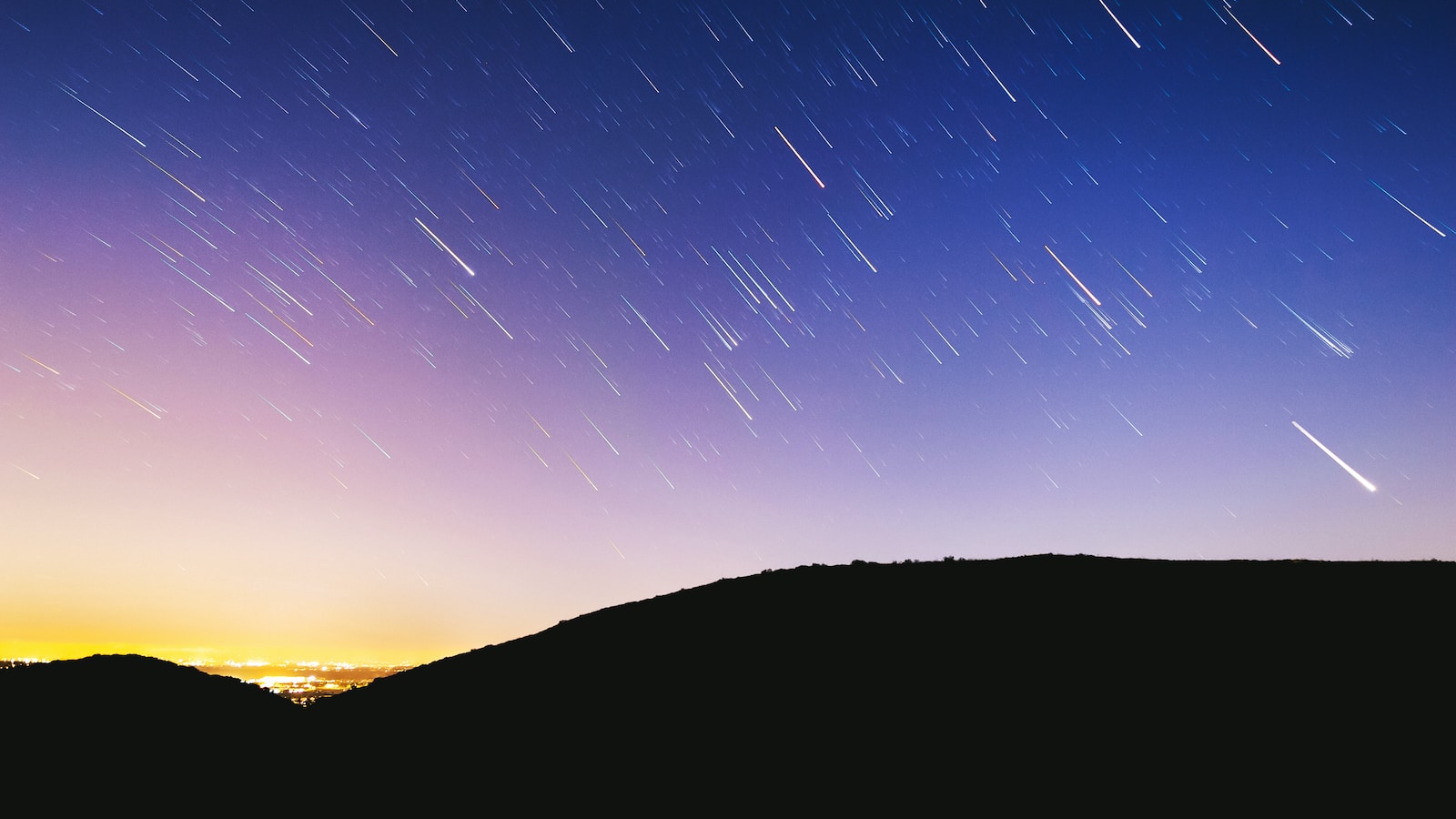Table of Contents
ToggleWhat is the Perseid Meteor Shower?
The Perseid meteor shower, widely regarded as one of the most captivating celestial events of the year, is set to reach its peak this weekend. Named after the constellation Perseus, these shooting stars are remnants of the Swift-Tuttle comet, which leaves behind a trail of cosmic debris. As Earth passes through this trail, the debris enters the atmosphere, creating a mesmerizing display of meteors streaking across the night sky.
When and Where to See the Perseid Meteor Shower
To catch the Perseid meteor shower at its best, it is recommended to find a dark site away from light pollution. The peak night for the shower is after midnight on August 13, but the days before and after should also offer excellent viewing opportunities. The precise peak this year is predicted to occur at 04:00 Universal Time on Sunday, August 13. Here are the corresponding local times for North America:
- 12:00 a.m. EDT on Sunday, August 13.
- 11 p.m. CDT on Saturday, August 12.
- 10 p.m. MDT on Saturday, August 12.
- 9 p.m. MST/PDT on Saturday, August 12.
Wherever you are in North America, start observing a couple of hours after sunset (around 10 p.m.) and continue until the first light of dawn at around 4 a.m. Remember to bring some coffee to keep yourself awake and alert during this captivating celestial event.
How to Maximize Your Viewing Experience
For an optimal viewing experience, there are a few key considerations to keep in mind. Firstly, distance yourself from urban areas to escape light pollution and find a location with a clear, unobstructed view of the night sky. Camping in a remote area can provide an excellent opportunity to immerse yourself in the celestial spectacle.
Secondly, dress warmly as nighttime temperatures can drop significantly. Layer your clothing and bring extra blankets or sleeping bags to ensure comfort throughout the night.
Tips for Optimal Meteor Shower Viewing
To enhance your chances of witnessing shooting stars during the Perseid meteor shower, follow these practical tips:
- Patience is key: Dedicate at least half an hour to observing the night sky. Allow your eyes to adjust and embrace the tranquility of the surroundings.
- Avoid using telescopes or binoculars: These devices limit your field of view and reduce the likelihood of catching a glimpse of the shooting stars. Instead, rely on your naked eye to fully appreciate the celestial display.
- Minimize light exposure: Refrain from using bright lights, including cellphones, as they disrupt your night vision. Utilize red light if necessary, as it has a minimal impact on your ability to see in the dark.
- Capture the moment: Consider bringing a camera or smartphone with night photography capabilities to immortalize the beauty of the Perseid meteor shower. Experiment with long exposure settings to capture stunning trails of light.
The Next Perseid Meteor Shower: Looking Ahead
While the current Perseid meteor shower promises to be a breathtaking experience, mark your calendars for the next peak occurrence on August 12-13, 2024. This recurring celestial event provides an opportunity to witness nature’s dazzling performance on a grand scale.
As the Perseid meteor shower graces our skies, let us marvel at the wonders of the universe and embrace the humbling beauty of shooting stars. Take a moment to step outside, look up, and immerse yourself in the celestial symphony unfolding above. Don’t miss this chance to create cherished memories under the expansive canvas of the night sky.
Remember to share your experiences and connect with fellow stargazers as we celebrate the Perseid meteor shower together. Clear skies and happy stargazing!







